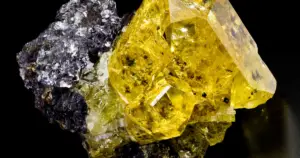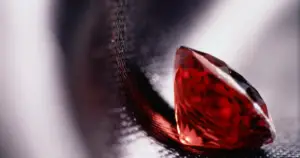How to Tell if the Opal is Right for you?
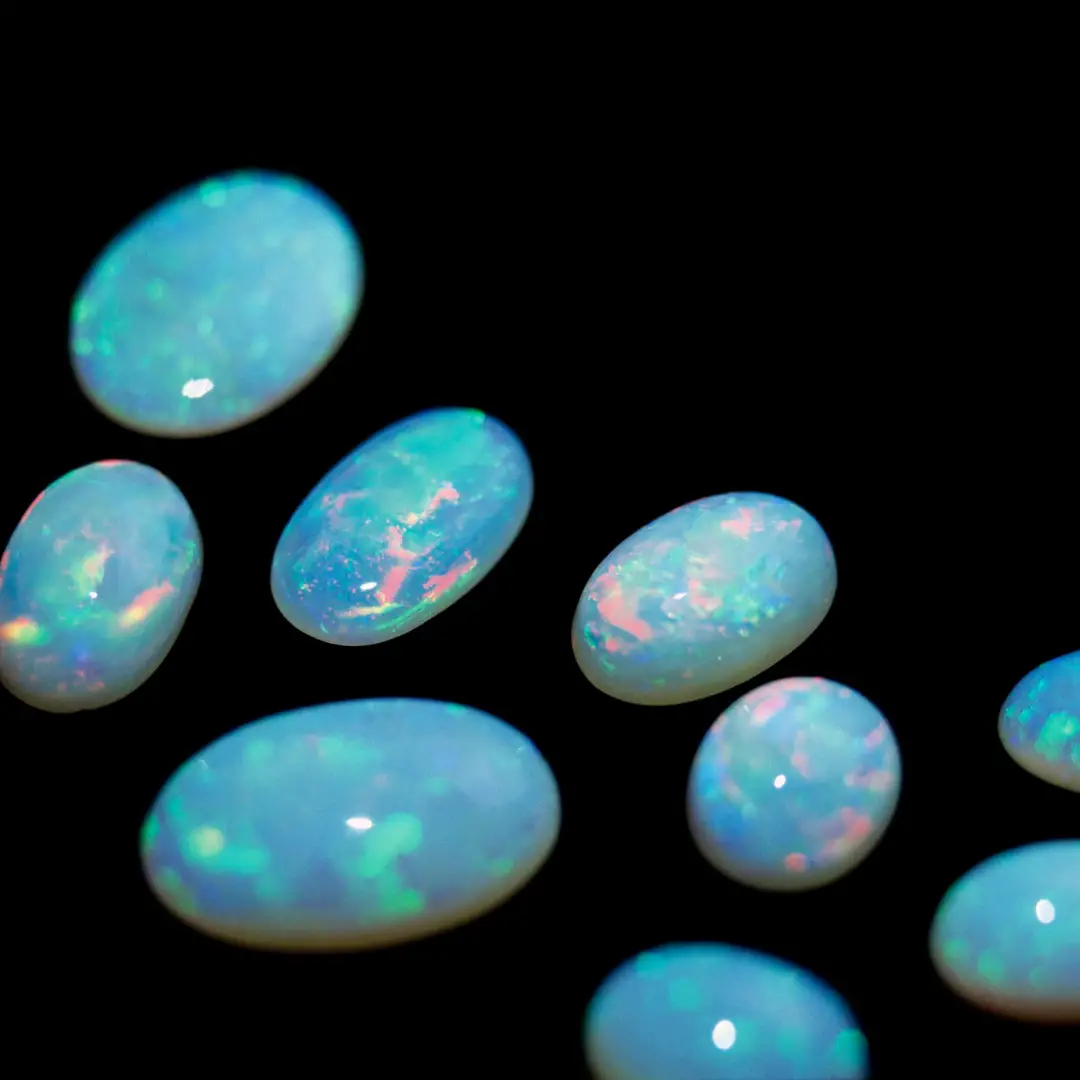
Opals are a stunning, one-of-a-kind, and mysterious Mother Nature creation that has been referred to as the “Queen of Gems” throughout history. Is there any truth to the folklore that opals bring ill luck?
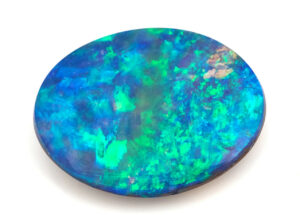
Personally, we’ve never seen any evidence to support this belief, so the answer is a resounding ‘No.’
Unfortunately, opal superstitions have arisen from many sources over the past two centuries, giving this valuable Australian gemstone a terrible name. Even now, some people in the Western world believe that jewels are cursed. In this article, let us explore if Opal is right for you.
Suggested Reading: Opal Stone: Meaning, Healing Properties, Benefits And Uses
Table of Contents
Is Opal Suitable for Everyone? Is it right for you?
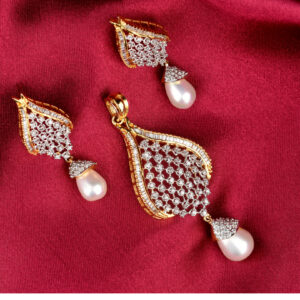
It’s only natural for everyone to want to wear opal because it’s a semi-precious gemstone with a myriad of benefits. Natural opal stones should be worn by those born under the signs of Taurus and Libra, according to gemologists. People having the Mahadasha or Antardasha of Venus (Shukra) in their horoscope should wear these astrological jewels. In addition, the gem can help with infertility, sexual problems, Libido, and impotency.
The Most Common Superstitions about Opals
The following are the most common opal superstitions:
- Opals are only safe to wear if you were born in October and your birthstone is opal. Opals should never be presented as a gift or accepted.
- If opals are given as a present, bad luck can be avoided by giving the sender a small sum of money to convert the gift into a financial transaction, breaking the curse.
- Opals must never be used in engagement rings, as the new bride will rapidly become a widow.
- While white or milky opals are supposed to be cursed, black opals are thought to be exceedingly lucky.
- Because diamonds are supposed to have power over opals, setting opals with diamonds cancels the stone’s propensity to bring grief to the user.
- In the presence of poison, opals turn pale, and their luster fades after their owners die.
So, how did opal earn the nickname “stone of tears,” and is it true?
Opal symbolism and tradition have long featured links with the monarchy and good fortune. In contemporary times, however, this gemstone has been the subject of a slew of unpleasant — and false — myths.
All opals, with the exception of black, have a bad reputation for being unlucky. Despite the fact that opals’ beauty and distinctiveness have helped their owners ignore superstitions, they still exist.
Some argue that diamond merchants in the mid-nineteenth and early-twentieth centuries observed opal’s extraordinary properties and realized it would be a severe threat to their business. When high-quality Australian opal first arrived on the market in the 1890s, it is believed that diamond cartels intentionally disseminated the erroneous rumor that opals were unlucky, severely damaging the opal industry’s reputation.
Opal’s spectacular play of color was growing in favor, and now that it was being mined professionally, it could pose a challenge to the rich diamond trade. According to legend, jealous diamond sellers circulated the myth that opals bring bad luck in order to protect themselves and give opals a poor name. Some of the rumors persisted and evolved into “old wives’ stories” that are still told today.
When it comes to everyday wear, it’s critical to consider the gem’s hardness or resistance to scratching. The Mohs scale of mineral hardness, established in 1812 by German geologist and mineralogist Friedrich Mohs, is a scientific metric for this. This scale assigns a rating to the minerals ranging from 1 (very malleable) to 10 (extremely malleable) (extremely durable).
The opal has a Mohs hardness rating of 5.5 to 6.5, indicating that it is not as hard as diamonds yet not as soft as pearls.
Do you think you’ll be able to wear these every day?
No, is the quick response.
But why is that? Given their poor reputation, it’s best to store your opal jewelry for special events. This is due to the fact that they are prone to chipping and breaking. Opals also contain a water content that can range from 3 to 21% by weight, so if they dry out, they may break.
However, if you still want to wear opals on a daily basis after considering everything, you must do it with caution.
The look and quality of individual opals can vary greatly. Each diamond, like snowflakes or fingerprints, can be notably different.
The Quality of an Opal is determined by Three Factors
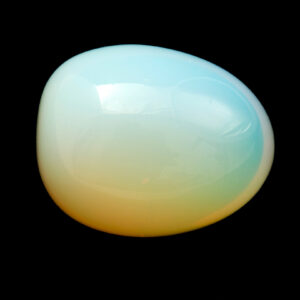
Color
Background color and color contrast
Pattern
A color scheme that is arranged in a certain way.
Clarity
Transparency and the number of items included.
The Availability of Opal is Large and Growing
Over the last decade, Australian opal has grown in popularity and value, and it is frequently the gemstone of choice for celebrities’ jewelry designers.
Recent global interest in opal has also demonstrated that there is a true fortune to be made in mining opal, as demand has skyrocketed and new rushes are in high demand for those with their sights set on the gleaming prize.
As a result, the legend that opal brings bad luck is now nothing more than an old urban legend. But, given all of the information you’ve just read, we hope you’re prepared to respond the next time someone claims to be. Tell anyone who questions opal’s beauty or popularity how it has been unfairly treated over time, and how its brightness, brilliant color, timeless mystery, and good luck traits have continued to show through, making it one of the most popular colored gemstones today.
Opals are frequently classified into different varieties based on their background color. Despite the fact that opals are classified in a variety of ways, there are three primary types:
3 Varieties of Opal
Black Opal
Many consumers prefer the dark background hue of black opal if all other quality aspects are identical. This is largely due to the fact that play-of-color contrasts well with a dark background. Black opals are appealing because of the contrast in play-of-color to body color. Furthermore, black opals are the rarest of all opals (white opals are more common).
White Opal
White opal is an opal with a transparent to opaque white backdrop and various light color backgrounds (bodycolor) with play-of-color.
Fire Opal
The body color of fire opal is commonly yellow, orange, or red and it is clear to translucent. This substance, which may exhibit color play, is sometimes called “Mexican opal” or “Mexican fire opal” in the trade.
Also Read: Fire Opal: Meaning, Healing Properties, Benefits and Uses
How can you get the most out of your Opal?
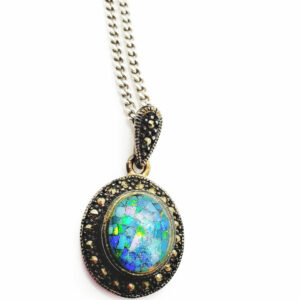
- Opt for a natural opal stone versus a synthetic one.
- Before you decide to wear the stone, consult an astrologer. Before making a purchase, consult a gemologist.
- If you’re looking for gemstones online, make sure you’re browsing for certified gemstones.
- Buy from a reputable retailer.
- Keep the following in mind when wearing the Opal gemstone. It should be worn on the right hand’s middle or ring finger. It’s best paired with gold.
- Remove the ring from the activating and cleansing mixture and wash it with pure water, the stone gets activated, energized, and cleansed as a result of this.
- The fire opal gemstone is a gorgeous gemstone that is related to opal. It’s an opal color variation. It is a single refractive stone that is associated with the element of fire and comes in a variety of vivid colors such as yellow, red, orange, and orange-yellow, among others.
Conclusion
Opal is prized all over the world for its several benefits. It’s also used as a diamond replacement. A wide range of celebrities, educators, economists, authors, and others believe that beautiful astrological gemstones can help them live better lives. The natural gemstone has demonstrated its worth.
If you want to buy it, whether you buy gemstones online or in person, make sure you choose a reputable brand.

